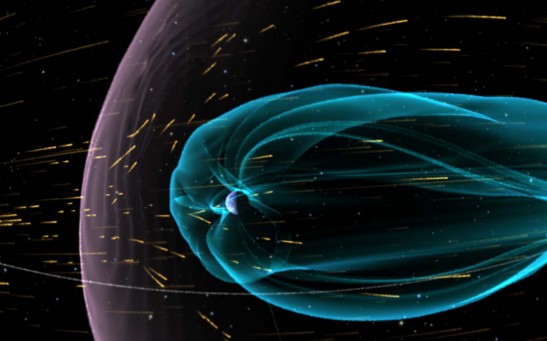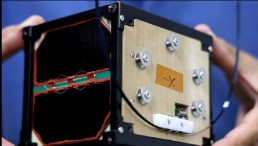space

Not Just NASA ‘Ducks & Covers’—Comet Siding Spring
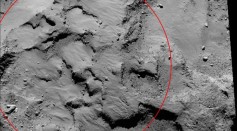
ESA Asks Public to Name Philae Landing Site of Comet 67P This November

NASA’s Spacecrafts ‘Duck And Cover’ Behind Mars as Comet Passes Through
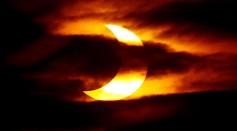
Taking A Bite Out of Sunlight—US Expects A Partial Solar Eclipse

How the Milky Way Dominates the Stellar Block—Dwarf Galaxies, Get Out of the Way

Video: X-37B Space Plane Lands After 2 Years in Orbit

Saturn's 'Death Star' Moon Might Have an Ocean

ESA Rosetta Spacecraft Is Showing Off Its ‘Cheops’

NASA Plans Life and Death on Mars—Planet’s First ‘Mars Plant Experiment’ to be Launched in 2020
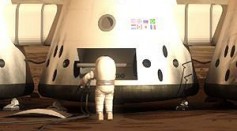
Deserting Earth for a Chance in Space—Martian Pilgrims look to Mars for a New Permanent Adventure

India Follows Path Laid To Martian Soil with Mangalyaan Mission

Medical Research Aboard the International Space Station
Most Popular

The Role of AI in the Next Generation of Logistics: Insights from Tobias Waldhecker

Alzheimer's Treatment Drug Lecanemab Found to Increase Death Risk, New Research Shows

Cloned Black-Footed Ferret Gives Birth to Two Healthy Kits

Optimizing Complex Catalog Systems with Graph Theory and Indexing

